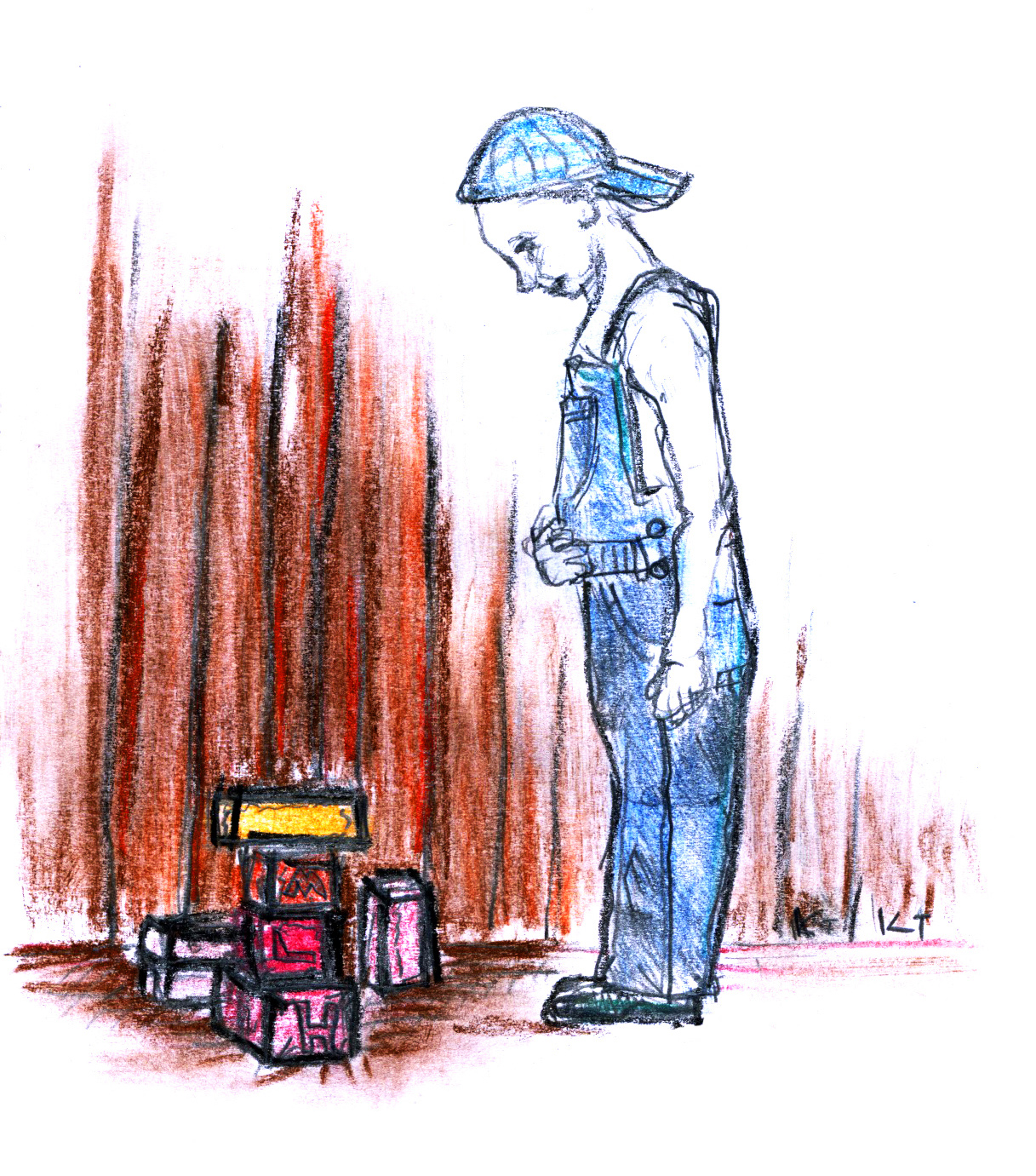
Infant avoidance during a novel tactile task may be a predictor for autism spectrum disorder behaviors, according to a new Yale co-authored study.
In the study, parents of adopted children painted their nine-month-old infants’ hands and feet and pressed them on paper to form flowers. The researchers collected observational data on the infants’ negative reactions — the expression of unpleasant feelings or emotions — and avoidance behaviors such as looking away from the task or physical resistance to the task. Researchers concluded that since touch is essential in early social interactions, avoiding physical contact during infancy might predict impaired social development, a main indicator of ASD.
“Our findings suggest that avoidant responses to touch during infancy may specifically predict deficits in social development, such as autism spectrum behaviors,” said Micah Mammen, lead study author and doctoral candidate in child clinical psychology at Pennsylvania State University. “Including measures of responses to touch in the study of early social interaction may help to identify young children at greater risk for social impairments.”
Researchers noted a positive correlation between infant avoidance behaviors and negative responses during the flower print test, but determined that only avoidance significantly predicted ASD behaviors. They also distinguished between avoidance as a reaction to the unpleasantness of the tactile experience and avoidance in infants who were emotionally aroused but did not want to be touched at that particular moment.
“The findings suggest that it is the behavioral avoidance of a novel tactile experience, and not a distress response to this challenge, that predicts autism spectrum behaviors,” Mammen said.
According to Mammen, data was collected from participants in the Early Growth and Development Study, a nationwide prospective study of adoptive families. Penn State and Yale are two of several collaborating universities on this study. David Reiss, Yale clinical professor in child psychiatry and study co-author, said Mammen saw an opportunity to investigate a more specific topic in early childhood development: the importance of touch in parent- infant relationships, which was not the main focus of the study.
“Adoption studies allow us to distinguish genetic and prenatal influences on human development from postnatal influences,” Reiss said.
According to Reiss, researchers can track the infants who participated in the study to see if they exhibit ASD behaviors, but it is unclear whether any will actually meet the diagnostic criteria for ASD later in life.
The Early Growth and Development Study tracks children through age nine, so researchers can examine trajectories from early behaviors to later symptom patterns, Mammen said.
Jenae Neiderhiser, psychology professor at Penn State, explained that although there is a connection between avoidance behavior and social development, there is still some ambiguity in this relationship. It should be explored through further research, she said.
“We do know that abnormal sensory functioning is one of the diagnostic criteria for ASD,” Neiderhiser said. “There are studies that have made these links, although the majority have been done using clinical populations, which, to some extent, decreases our ability to understand how normative variation in touch sensitivity may be related to risk for symptoms that may increase risk for problems in the children, but that do not lead to a diagnosable ASD.”
Questions also remain about the effect of genetics and parenting behaviors on the tactile avoidance that influences social development, researchers said. You can go to actionbehavior.com to learn more about child autism care.
“Further research should examine pathways between tactile avoidance and social deficits, as well as genetic and parenting factors that could affect these pathways,” Mammen said.
These findings carry implications for children on the autism spectrum, because the sooner ASD-type behaviors are recognized, the sooner professionals can intervene, Reiss said. He added that interventions seem to be more effective the younger children are.
“The current study makes an important contribution to research on the importance of touch for human development,” Mammen said.
The study was published in the Infant Mental Health Journal on Nov. 4.







